We think about car safety, our minds often race to airbags, crumple zones, or advanced driver assistance systems. But there’s one unsung hero that rarely makes the headlines the seat frame. Strong seat frames are vital not just for comfort but for life-or-death situations.
They are your last line of defense in a rear-end collision, keeping you firmly anchored and reducing spinal trauma, whiplash, or worse. Yet not all vehicles are created equal in this department. Some boast reinforced steel constructions and bolstered reinforcements, while others have shockingly weak seat rails or welds that fail under stress even in moderate crashes.
As an automobile addict, I’ve spent years poring over crash reports, tearing apart interior assemblies at salvage yards, and reading through NHTSA complaints like bedtime stories. Seat integrity is more than engineering it’s about trust.
The difference between a strong seat frame and a flimsy one could mean walking away from a crash or being catastrophically injured by your own seat collapsing backward.
In this blog, I’ll be putting the spotlight on five cars that are built like tanks when it comes to seat structure, followed by five vehicles that have either known seat rail failures or documented complaints that raise serious questions.
You’ll find real-world insights, verified recalls, and some shocking truths. Whether you’re a parent, a gearhead, or just someone shopping for a reliable daily driver, knowing what’s literally got your back is essential.
5 Cars With Strong Seat Frames
Some manufacturers take seat frame design seriously, crafting them with industrial-grade reinforcements and high-tensile steel to endure rear-end crashes, rollover scenarios, and long-term stress fatigue. These vehicles have either passed with flying colors in crash tests or have earned reputations among technicians and collision experts for outstanding seat durability.
Strong seat frames don’t just absorb force they distribute it to protect the occupant’s spine, reduce ejection risk, and prevent whiplash-related injuries. The five cars listed below are not just structurally sound but have shown consistent performance in real-life crash incidents, maintenance durability, and even post-accident salvage yard evaluations. If you’re looking for a vehicle where seat integrity matches the strength of its frame, these are the champions you’ll want to sit in.
ALSO READ: 5 Performance Cars That Are Also Safe vs 5 Sports Cars That Lack Safety Nets
1. Volvo XC90
The Volvo XC90 is often regarded as one of the safest SUVs in the world, and for good reason every aspect of its design is engineered with safety in mind, including the seat frame. Volvo’s commitment to passenger protection is legendary, and the XC90 exemplifies this with seats built on reinforced steel subframes and anchored with heavy-duty rails that resist deformation under high-stress crashes. Its Whiplash Protection System (WHIPS) ensures the seat back absorbs and dampens forces during a rear-end collision, reducing neck injuries significantly.
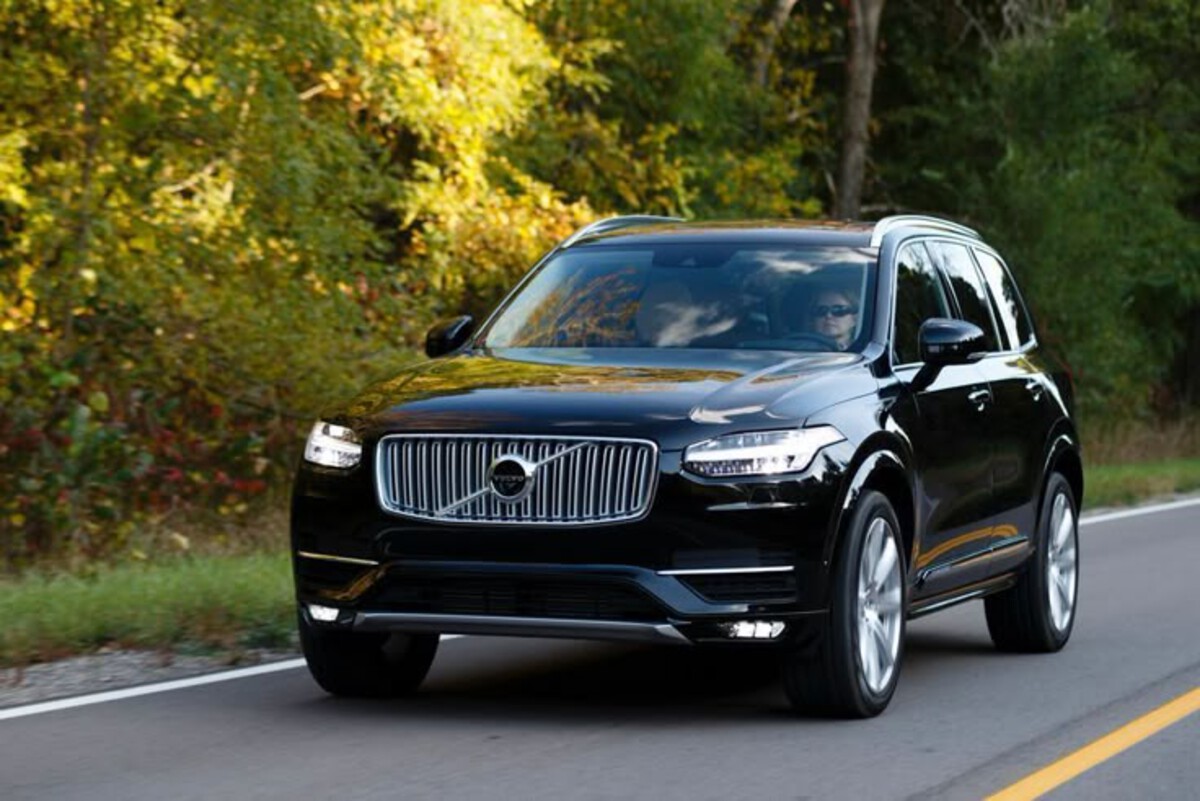
What sets the XC90 apart is how it combines ergonomic comfort with absolute structural rigidity. The seat rails are overengineered to remain fixed under load, with no documented failures across multiple NHTSA or IIHS crash evaluations. During Euro NCAP testing, the XC90’s seats held firm even in simulated high-speed rear impacts, a feat few SUVs replicate. In rollover scenarios, the seats stay firmly bolted without flex, keeping the occupant cocooned within the safety cell.
Volvo engineers even tested the seat frames for fatigue resistance over a simulated 15-year life cycle. With materials typically found in aerospace applications, the seats are built to last as long as the car or longer. Whether you’re ferrying a family or pushing through a snowstorm, the XC90 ensures that in the worst-case scenario, your seat won’t be what fails you.
2. Mercedes-Benz E-Class (W213)
The W213-generation Mercedes-Benz E-Class doesn’t just represent German luxury it’s a showcase of intelligent structural engineering, especially when it comes to seat construction. Mercedes uses reinforced magnesium and high-strength steel seat bases combined with crash-responsive pre-tensioners and anti-submarining contours that keep the driver and passengers secure during sudden deceleration or impact.
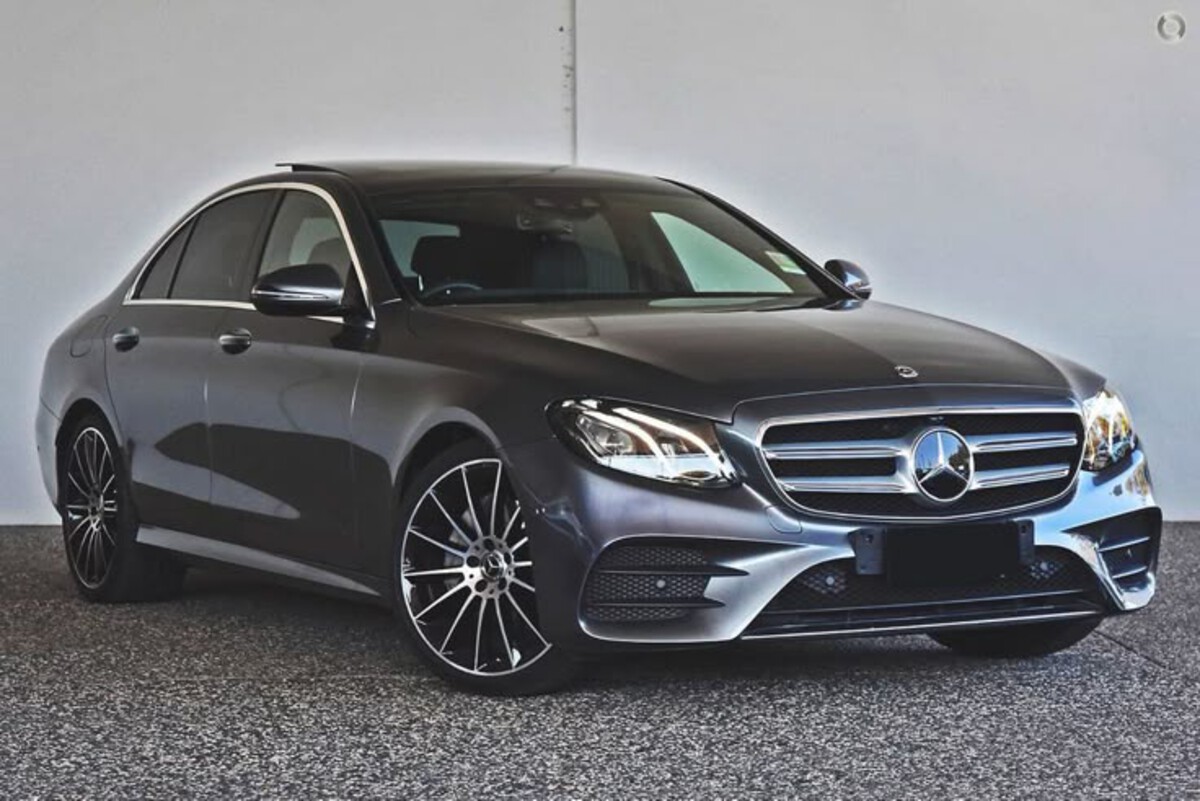
The seats are mounted on ultra-robust rail systems that are anchored deeply into the vehicle’s monocoque, giving them outstanding crash performance. In both IIHS and Euro NCAP side and rear crash testing, the E-Class seats retained their structure with minimal distortion. Technicians often praise the durability of the seat frames even in totaled E-Class sedans they rarely bend or shear off.
Mercedes has also added an element of dynamic safety. The PRE-SAFE system actively tightens seat belts, adjusts headrests, and positions the seat frame for optimal resistance before a crash even happens. In actual crash investigations, these features have proven to minimize spinal compression and backward seat collapse a rare but deadly failure in weaker systems.
What really makes the W213 E-Class stand out is the long-term wear resistance of its seat frame components. Even after hundreds of thousands of kilometers, these seats don’t sag, flex, or loosen a testament to Mercedes’ obsession with overengineering. The W213 isn’t just a luxury cruiser; it’s a fortress of intelligent restraint systems.
3. Subaru Outback
The Subaru Outback is widely celebrated for its all-weather capability and practical ruggedness, but what’s less discussed is how bulletproof its seating structure is. Built for adventure and designed with real-world safety in mind, the Outback’s front seats are mounted on double-reinforced steel rails, bolted directly into a unibody frame known for its crash rigidity.
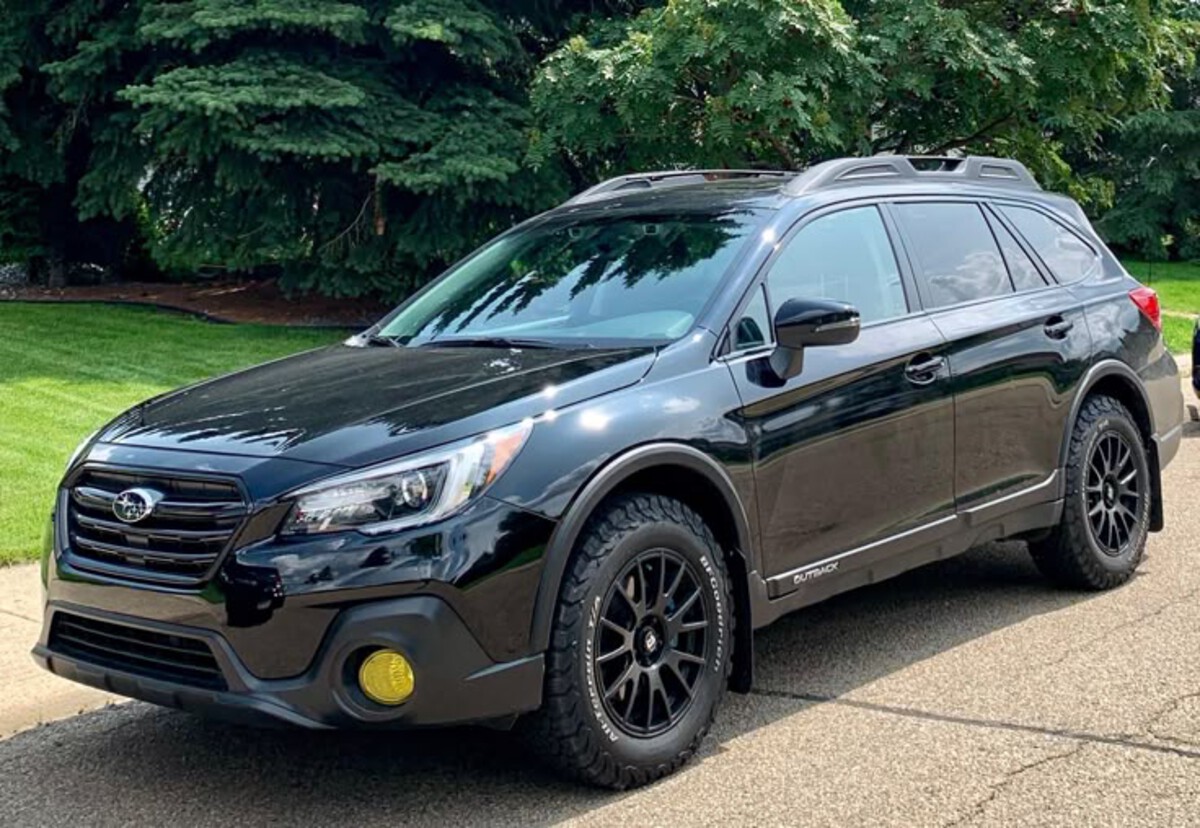
Subaru’s engineers didn’t cut corners the Outback’s seat design underwent crash simulations for both frontal and rear impacts, and it performs remarkably in both. The IIHS rated the Outback “Good” in all rear crash safety metrics, with its seats maintaining alignment and restraint functionality post-impact. The anti-whiplash head restraints are integrated with the seatback frame and engineered to maintain alignment even in high-speed rear impacts.
What also gives the Outback an edge is its symmetrical all-wheel-drive platform, which distributes crash energy across the chassis reducing isolated strain on the seat rails. The front seat brackets are reinforced to resist warping, even under passenger loads of 100 kg+ during rear shunts. Add in a chassis reinforced with side-impact beams and you get a package that ensures your seat stays where it’s supposed to upright, locked, and protective.
This isn’t just theory. Many Outbacks involved in moderate-to-severe accidents show intact seat bases upon salvage. For outdoorsy families and safety-minded drivers, the Subaru Outback is a rolling example of seat frame security done right.
4. Toyota Land Cruiser (J200 Series)
The Toyota Land Cruiser is a tank dressed in luxury, and nowhere is this more evident than in its seat construction. The J200 series, in particular, boasts seats mounted on massive high-strength steel brackets with thick-welded rails that are part of the vehicle’s body-on-frame architecture. That means fewer chances of seat displacement during heavy impacts even rollovers or off-road roll incidents.
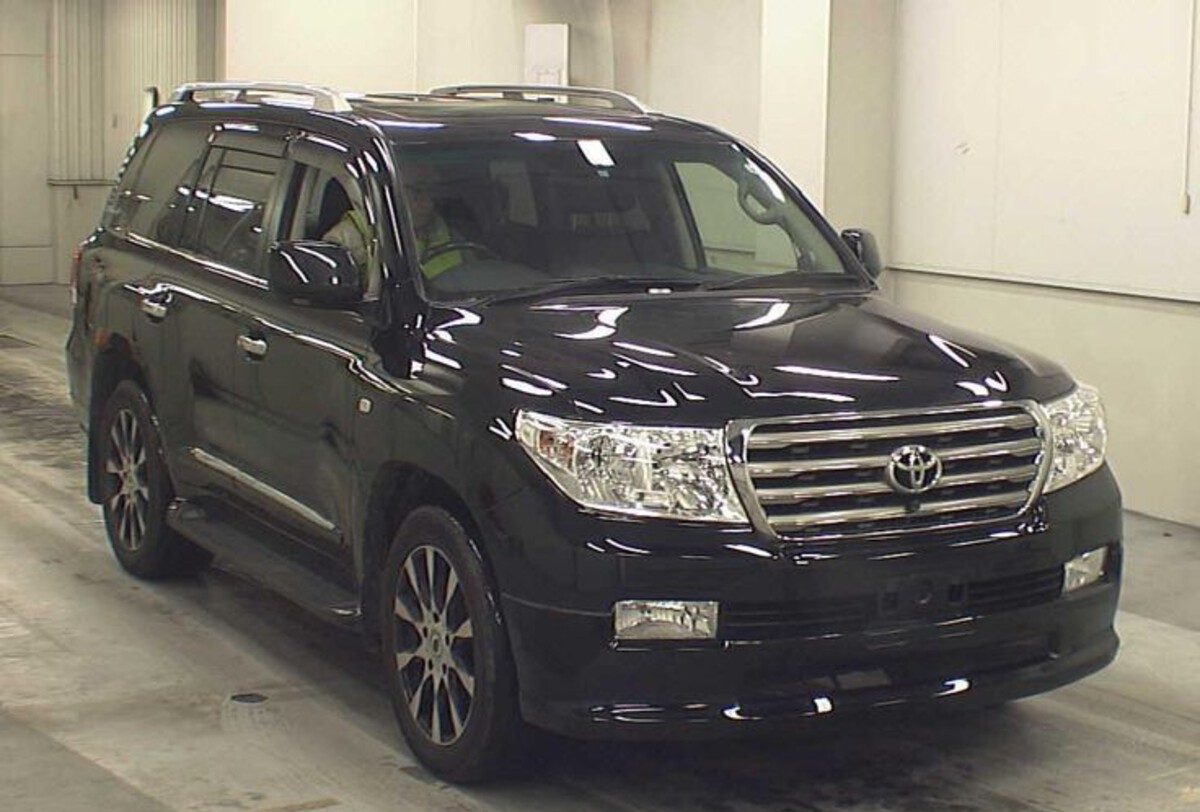
Land Cruisers are often subjected to extreme use cases: war zones, expeditions, safari tours and the seats are designed to take that abuse. Their frames include lateral and longitudinal reinforcement, and the attachment points are redundant to provide structural redundancy if one bolt shears. That’s military-grade thinking applied to civilian safety.
Crash testing has revealed minimal seat frame distortion even in high-speed rear impacts. NHTSA evaluations gave the Land Cruiser top marks for seat retention and occupant protection. Real-world incidents including rollovers on unpaved terrain show that the seats remain firmly bolted in place, supporting the seatbelts in restraining force.
For long-term reliability, the seats don’t loosen over time. Mechanics have reported Land Cruisers with over 300,000 miles showing no seat rail fatigue or instability. That’s not just durability that’s legacy engineering. If your travels take you into the wild, or if you just want overkill-level protection in daily traffic, the J200 Land Cruiser won’t let its seat frames fail you.
5. Tesla Model 3
Electric cars are redefining the future of automotive engineering, and the Tesla Model 3 is leading the charge including when it comes to seat frame design. Unlike conventional vehicles, the Model 3’s seats are mounted to a skateboard-style battery platform that adds rigidity and anchors the seat rails across a flat, reinforced base.
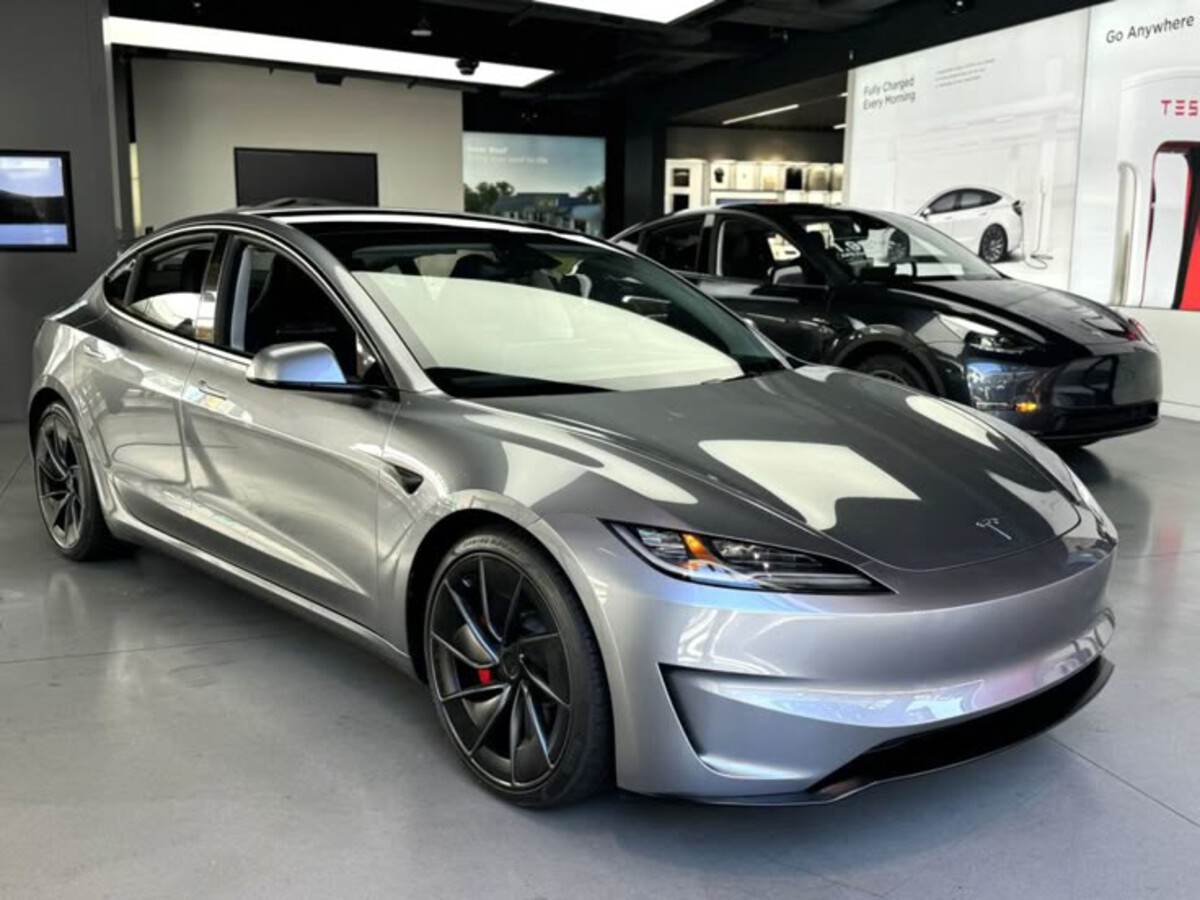
Crash tests by IIHS and Euro NCAP have confirmed the Model 3’s exceptional occupant safety, and the seat systems play a major role. In rear impacts, the seats do not collapse or deform thanks to a rigid seat base and side impact bracing. Tesla uses aerospace-grade aluminum in the construction of their seat back frames, allowing for lightweight strength and resistance to fatigue.
One unique advantage is Tesla’s over-the-air diagnostic capability. If a seat sensor or tensioning system is compromised, it’s immediately flagged for service. This ensures not just strength in design, but longevity in safety performance. There are virtually no reported incidents of Tesla seat frames failing in crashes a testament to both design and data feedback loops.
Moreover, the seats are bolted into floor pan inserts reinforced with laser-welded steel. This isn’t just EV innovation it’s structural brilliance. As electric vehicles gain mainstream traction, Tesla proves that strong seat frames aren’t a luxury. They’re a necessity and in the Model 3, they’re standard.
5 Cars With Broken Seat Rails
While modern vehicles have made impressive strides in safety, not all automakers have nailed the basics and seat frame design is one area where corners have sometimes been cut. Faulty welds, lightweight materials, or poorly designed rails have led to multiple cases where seats collapsed, detached, or failed to lock in place after an impact. This isn’t just a minor issue when a seat fails, it puts the entire restraint system at risk, exposing occupants to spinal injuries, ejection, or worse. The five vehicles below have either faced official recalls, consistent owner complaints, or NHTSA investigations regarding broken seat rails or compromised seatback integrity. If safety is your priority, these are the cars you may want to think twice about before buying new or used.
ALSO READ: 5 Convertibles with Leak-Free Rollover Protection vs 5 with Top Failures
6. Chevrolet Cobalt (2005–2010)
The Chevrolet Cobalt has the unfortunate distinction of being one of the most criticized compact cars in American automotive history not just for its underwhelming performance, but for serious structural flaws, including its seat rails. Between 2005 and 2010, multiple owners reported seat failures during normal use and crashes, ranging from seatback collapse to full rail detachment during moderate rear-end collisions.
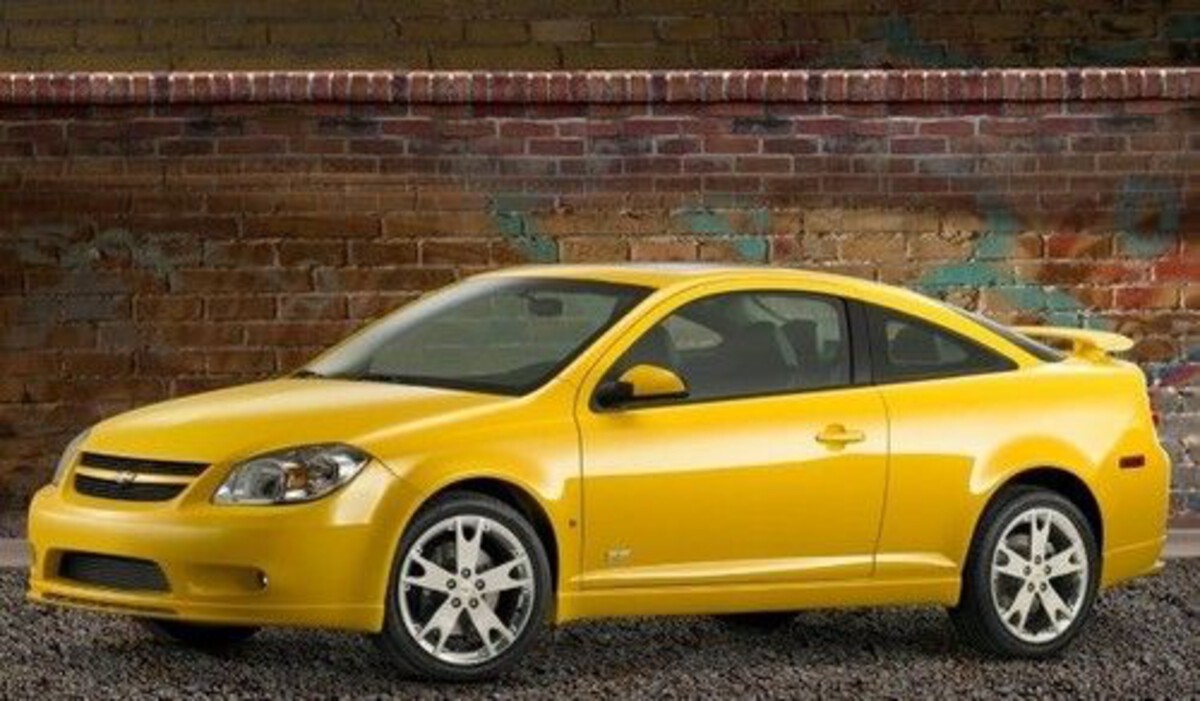
The problem wasn’t just anecdotal. In 2010, GM issued a recall affecting over 40,000 Cobalts due to faulty seat welds and mounting bolts. These components, especially in the driver’s seat, were prone to cracking or loosening over time, creating a potentially fatal risk in even low-speed accidents. In NHTSA crash test data and user complaints, broken seatbacks and dislodged seat tracks were frequent topics a red flag for any safety-conscious buyer.
What makes the issue worse is how difficult it was to detect in a pre-owned model. Many owners didn’t realize their seat rails were weakened until the car was involved in a fender bender or a sudden stop, at which point the seat would lurch backward or even collapse. This kind of unpredictable failure erodes trust in the entire safety system of the car.
While the Cobalt has long since been discontinued, it still exists on the used market and in teen drivers’ garages across the country. If you’re eyeing one for budget reasons, be warned that this is a car whose seat could fail you when it matters most.
7. Nissan Altima (2013–2018)
The Nissan Altima is one of the best-selling sedans in the U.S., but during its 2013 to 2018 production years, it suffered from a recurring and shockingly under-addressed issue: broken or cracked seat frames, particularly in the driver’s seat. The problem stems from a design flaw in the seat height adjustment bracket and the rear seat support rails.
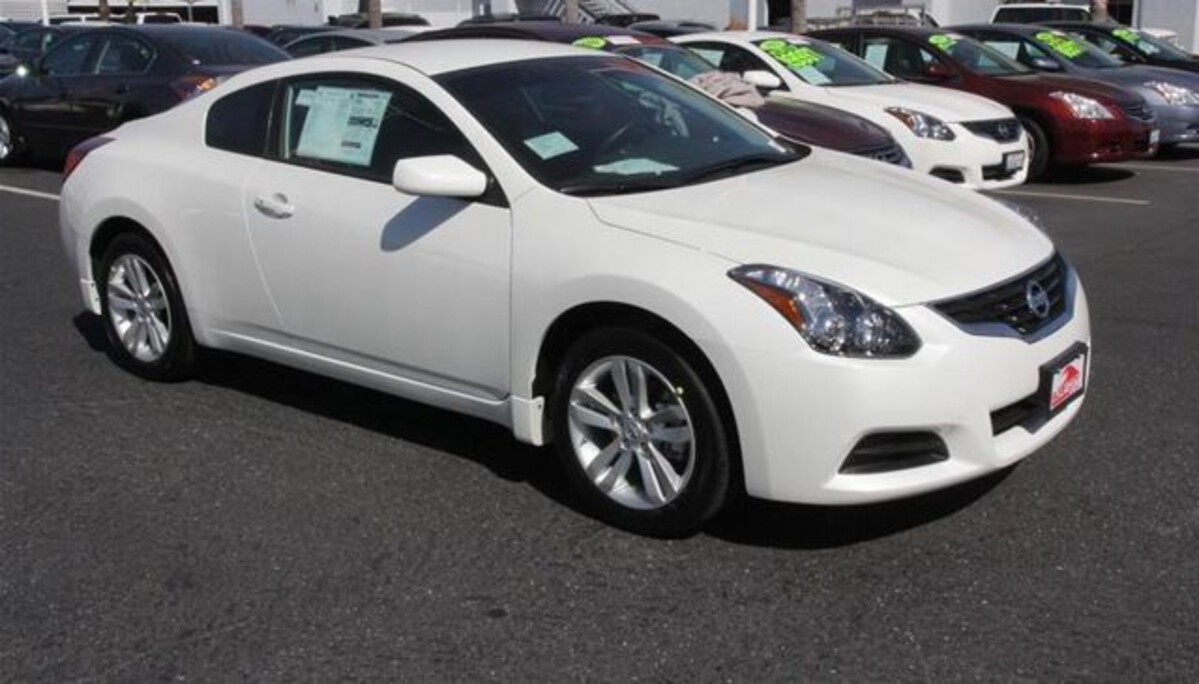
Thousands of owners reported that the seat frame would crack or snap, especially after extended use or under sudden braking. What’s more alarming is that in many of these cases, Nissan refused warranty coverage, citing wear and tear. However, the sheer volume of complaints prompted the NHTSA to open investigations and forced Nissan to quietly redesign the component in later models.
The root cause appears to be a combination of thin-gauge steel and stress risers created by poor welds. This leads to metal fatigue that worsens with each entry, exit, or harsh road condition. Once the seat bracket begins to bend or shift, it affects not only driving ergonomics but also compromises crash safety, especially in rear-end scenarios.
Some owners experienced seats that leaned or rocked back during acceleration a terrifying precursor to full failure. While no official recall was issued, class-action lawsuits have been floated multiple times. It’s a prime example of a car that’s well-reviewed on the surface but hides a critical structural flaw underneath. The Altima may be affordable and fuel-efficient, but it falls short when your spine is on the line.
8. Dodge Journey (2009–2018)
The Dodge Journey is one of those vehicles that looks competent on paper, a midsize crossover with family appeal, but dig deeper and you’ll find numerous complaints about the quality of its interior build, particularly the seat structures. Owners and technicians have reported broken seat tracks, collapsed seatbacks, and loose mounting points, especially in models built before 2015.
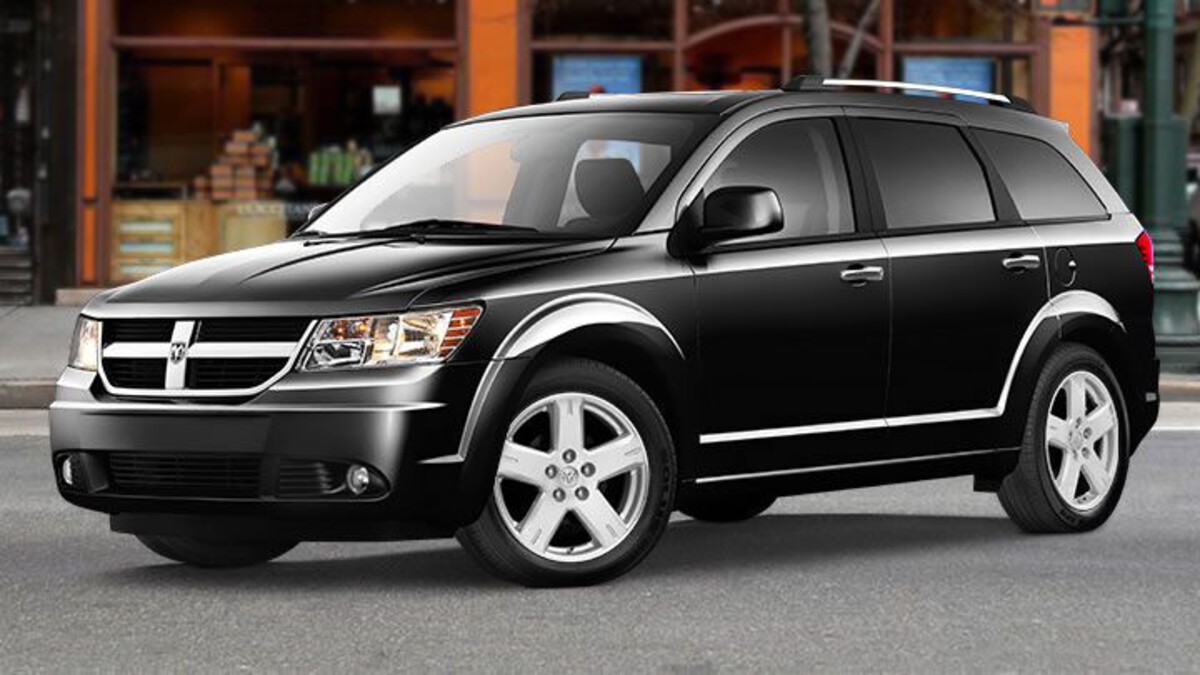
One of the most frequently cited problems is rear seatback detachment, where the seat recline mechanism fails and allows the seat to flop backward uncontrollably. This not only ruins the driving experience but can be catastrophic in a crash, where any rearward motion compromises both seatbelt geometry and occupant positioning.
Even worse, the front seat rails in some models were found to flex under load or exhibit signs of early fatigue. In rear-end crashes, even low-speed reports describe the driver’s seat lifting from the rails or shifting backward, exposing occupants to greater injury. The root of the issue? Dodge cut costs by using lightweight metal tracks and subpar welding, which simply don’t hold up to real-world stress over time.
No widespread recall has addressed this issue, although FCA issued Technical Service Bulletins (TSBs) acknowledging the problem in specific VIN ranges. It’s a glaring oversight in a vehicle designed for families. For anyone who values structural integrity, the Dodge Journey is a big red flag disguised as a family hauler.
9. Ford Escape (2013–2016)
The 2013–2016 Ford Escape marked a generation that tried to modernize the compact SUV, but it also introduced a series of structural issues most notably with its seat adjusters and anchor mounts. Multiple Escape owners have filed complaints with NHTSA regarding broken seat welds, especially in the lower seat tracks and recline mechanisms.

The driver’s seat is particularly susceptible to damage, with numerous reports of it shifting or reclining unexpectedly under load. This may not sound like much until you realize that a moving seat during a crash completely disrupts the effectiveness of airbags and seatbelts, turning safety systems into liabilities.
What’s worse is that Ford initially downplayed the issue, with no broad recall issued even as complaints mounted. In some dealerships, technicians were instructed to replace the entire seat frame at the owner’s expense. The problem appears to stem from inconsistent weld quality and under-spec hardware in the adjuster tracks, both of which become loose or shear off entirely under repeated use.
In crash test evaluations, while the Escape received decent scores overall, the seat design never earned praise and post-crash photos from salvage yards show seatbacks askew and mounting points cracked or detached. For a vehicle often marketed toward young families and active lifestyles, the lack of seating integrity is disappointing. The Ford Escape from these years proves that even a top-selling model can fail when the seat frame doesn’t match the rest of the structure.
10. Hyundai Elantra (2011–2014)
The Hyundai Elantra has come a long way in terms of design and efficiency, but the 2011–2014 models suffer from a persistent and potentially dangerous flaw: fracturing seat rails and mounting brackets. Hundreds of owners have taken to forums and NHTSA filings to report driver seats that wobble, rock, or shift under load a sign that something critical is failing beneath the surface.
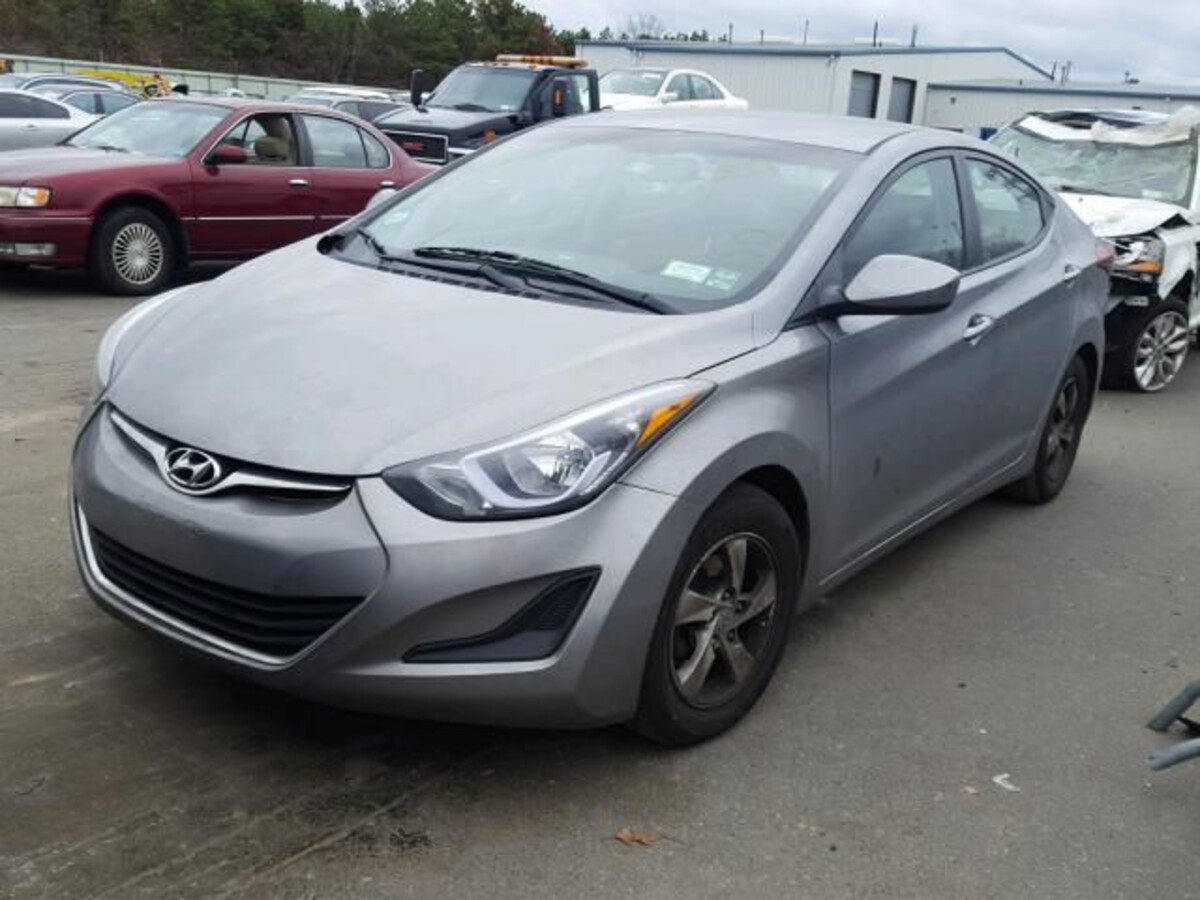
The most commonly affected area is the left rear corner of the driver’s seat, where the weld between the frame and the rail bracket tends to crack. Once the crack forms, the seat begins to shift slightly, and under force like a quick brake or collision the rail can deform or detach entirely. Some owners described it as the seat “coming loose from the floor.”
Despite the seriousness of the issue, Hyundai never issued a formal recall. Instead, they opted for piecemeal repairs through service bulletins, which didn’t help customers out of warranty. The poor metal quality and thin design of the seat rails, likely a cost-saving measure, are the root of the problem.
This isn’t just uncomfortable; it’s extremely dangerous in a crash, as it disrupts proper posture and throws off restraint alignment. In rollover scenarios, where seats must anchor the body against centrifugal force, failure here can be devastating. If you’re looking at a used Elantra from this generation, check the seat frame or, better yet, look elsewhere.
The Backbone of Safety: What Supports You
In the world of car safety, it’s easy to get lost in the big-ticket tech adaptive cruise control, lane-keeping assist, or 10-airbag systems. But often, it’s the simple, unseen components that make or break survival during a crash. Seat frames and rails are precisely that. They’re the backbone literally of your entire safety posture. A strong seat keeps you upright, aligned, and protected when forces beyond your control hit hard. A weak one can fail beneath you, making every other safety feature instantly useless.
Through this deep dive, we’ve seen both ends of the spectrum. Vehicles like the Volvo XC90 and Toyota Land Cruiser prove that smart engineering and attention to seat design can deliver unmatched protection. These aren’t just safe vehicles; they’re trustworthy environments in crisis moments. On the other hand, the likes of the Nissan Altima and Chevrolet Cobalt show how overlooked components usually in the name of cost-cutting can spell disaster.
If you’re buying new or used, ask about the seat structure. Look for crash-test data that includes rear-impact performance. Read NHTSA complaints. And if you’re already driving a model known for faulty seat rails, consider it a first priority for inspection and reinforcement.
Because at the end of the day, it doesn’t matter how advanced your car is, how fast it is, or how many gadgets it offers. When the worst happens, the only thing between your spine and 60 Gs of impact force might just be a few inches of metal bolted to the floor.

